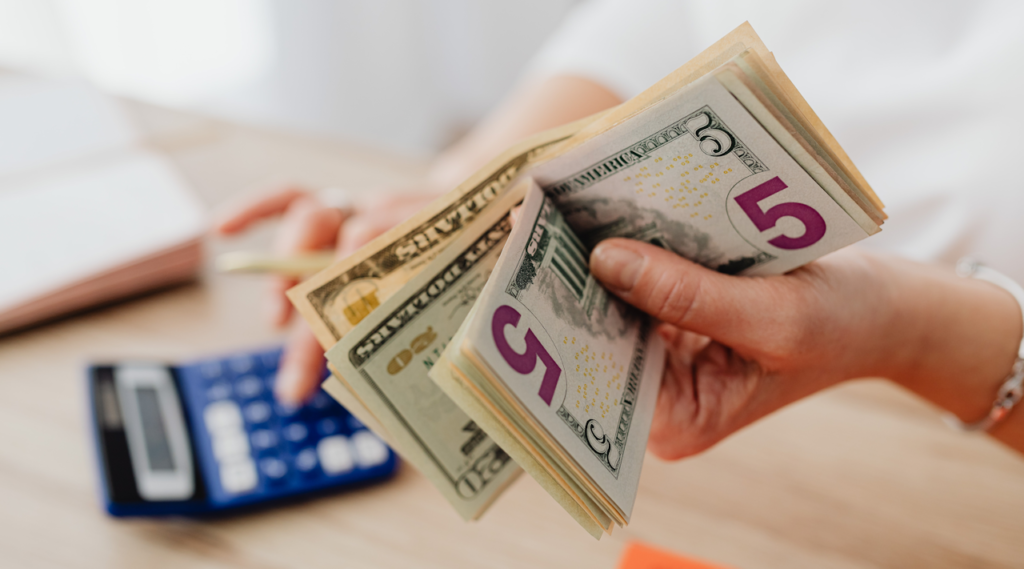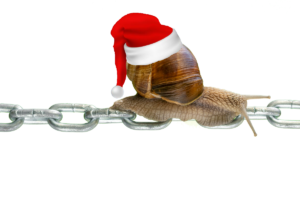Inflation, in the United States, was one of the major topics of discussion during the 2022 midterm elections. The crisis has been growing for nearly two years. Last December, reporter Jeanna Smialek wrote, “Inflation has become central to the American zeitgeist in 2021 in a way that it hadn’t been for decades.”[1] That zeitgeist deepened as 2022 unfolded. To be simplistic, inflation occurs when too much money chases too few goods. Smialek reminded us, however, that nothing is that simple. She explained, “Trying to understand [inflation] can be a mind-bending task. Some people who have studied markets and the economy for years often do not know the ins and outs of how inflation is calculated. Its aftereffects on society — from who wins and who loses to whether it is good or bad news — are nuanced.” For consumers, Smialek noted, understanding inflation is easy: “Inflation is a loss of purchasing power over time: It means your dollar will not go as far tomorrow as it did today.”
Inflation Explained
You have probably noticed that many historical stories that involve sums of money often include the phrase “in today’s dollars.” What the authors are trying to explain is how much purchasing power a specific amount of money had relative to today. For example, $100 in 1800 is worth approximately $2,365.17 today. As the staff at Finmasters explains, “A little inflation is normal and even good for a healthy economy. Inflation becomes a problem when it grows too quickly. Money losing value at a rapid rate can lead an entire economy to spiral out of control.”[2] They go on to note, “Inflation occurs when there’s an increase in production costs OR when demand for products and services increases faster than supply. Inflation can come about in many different ways. All these causes are most commonly classified into three main types of inflation.” Those types are:
1. Cost-Push Inflation. “Prices increase when the cost of production increases. If it costs more to make a product or provide a service the companies will pass that cost on to consumers by increasing the price of those products and services.”
2. Demand-Pull Inflation. “Prices increase when demand increases faster than production. If everybody wants to buy something that is in limited supply they will be willing to pay more money for it and the companies will charge more for the same product or service.”
3. Built-In Inflation (Wage-Price Spiral). “Workers want higher wages to keep up with the cost of living. When prices rise due to cost-push or demand-pull inflation people expect higher wages so they can keep their lifestyle and standard of living. Higher wages make companies increase the price of their goods and services. This raises the cost of living and makes workers demand higher wages.”
A number of economic analysts believe the current high inflation rate is caused by demand-pull inflation. For example, Brookings analysts Wendy Edelberg and Mitchell Barnes assert, “The unwelcome and persistent rise in inflation that began in 2021 suggests that consumer demand boosted by fiscal support and strong household balance sheets continue to outpace the capacity of businesses and their global supply chains to expand.”[3]
We are all keenly aware how inflation affects us as consumers; however, business leaders are also concerned about how inflation will affect their organizations. Back in January, business journalist Thomas Gryta reported, “Business leaders have been warning about inflation risks in the past year, even as Federal Reserve officials and most economists largely played down the breadth and persistence of rising prices.”[4] Those business leaders proved prescient and now Federal Reserve officials are taking dramatic (and painful) steps to get inflation under control. Whether their efforts will be successful remains to be seen.
What’s Ahead?
The Federal Reserve attempts to keep inflation within a target range of approximately 2% to 3%. McKinsey & Company analysts predict that will be difficult. They explain, “Following a well-established inflation management playbook, central banks worldwide are raising interest rates to temper demand and regularly issuing statements to try and keep in check consumer and business expectations of future inflation. This task is becoming more urgent, as markets now expect inflation over the next five years in the United States, the United Kingdom, and Germany to be 1.5 to 2.0 percent higher than their 2010–2019 average.”[5] Not everyone is so gloomy about where the inflation rate is headed. Economic journalist Jim Tyson reports, “New York Federal Reserve Bank President John Williams predicted that the central bank in 2023 will bring down inflation from a four-decade high to a range of 2.5% to 3%, while emphasizing that monetary policy will probably need to stay tight for ‘a few years’.”[6]
Those tight monetary policies are the reason many economists are predicting a recession in 2023. Recession is often a traveling companion of runaway inflation. Few economists dispute the fact that the economy needs to cool to rein in inflation. Brookings analysts explain, “Since late 2020, the global inflation rate has risen sharply to over 6 percent due to unprecedented policy support for inflation, the release of pent-up demand, persistent supply disruptions, and surging commodity prices. The commodity price surge triggered by Russia’s invasion of Ukraine … is adding to these price pressures. The consequences for growth, stability, and poverty are likely to be terrible.”[7]
Since the future cannot be predicted with any certainty, Deloitte analysts suggest that business leaders should be prepared to deal with four different potential scenarios. Those scenarios “explore different ways inflation might play out over the next three years based on evidence and indicators in the US economy today.”[8] Those scenarios are:
Scenario 1. Blue Skies: Current inflation is temporary and reverts to recent historical norms (about 2%) as supply chain disruptions settle and consumer demand rebalances between services and goods.
Scenario 2. Sun Showers: Inflation settles between 3% and 4% through 2024 as supply chain disruptions persist and the labor supply remains somewhat constrained. Firms and consumers adjust, and growth continues, albeit unevenly across industries and players.
Scenario 3. Stormy Weather: Inflation rises to between 8% and 9% as inflation becomes embedded in worker expectations and a wage/price spiral takes off. A sluggish economy dampens both consumer and business spending.
Scenario 4. Downdraft: The U.S. economy experiences disinflation (with inflation levels dropping to between 0% and 1%) due to a faster than expected resolution of supply chain disruptions coupled with diminished consumer demand as pandemic savings are spent down.
Clearly, not all of those scenarios are equally weighted. Reality is likely to fall somewhere between Sun Showers and Stormy Weather.
Concluding Thoughts
According to Brookings analysts, a number of factors that kept inflation in check for the past forty years are being weakened. They explain, “Globalization, robust policy frameworks, demographic changes, structural factors, and technological advances were instrumental in keeping inflation low until 2020. … Should these forces recede, increases in short-term inflation may become much more persistent.”[9] What we see today is a restructuring of globalization into more regionalization. The greatest concern remains the fact that authoritarian regimes in China and Russia are weakening global economic ties. The good news is that, for the most part, robust policy frameworks seem to be working, and new technologies continue to make the supply chain more efficient. Whether inflation can be controlled and the U.S. can simultaneously avoid descending into recession remains to be seen.
Footnotes
[1] Jeanna Smialek, “Inflation Has Arrived. Here’s What You Need to Know.” The New York Times, 25 December 2021.
[2] Staff, “How Inflation Works,” Finmasters, 2022.
[3] Wendy Edelberg and Mitchell Barnes, “Inflation-related updates to ‘Recession Remedies’,” The Brookings Institution, 18 May 2022.
[4] Thomas Gryta, “Inflation Surge Is on Many Executives’ List of 2022 Worries,” The Wall Street Journal, 13 January 2022.
[5] Asutosh Padhi, Sven Smit, Ezra Greenberg, and Roman Belotserkovskiy, “Navigating inflation: A new playbook for CEOs,” McKinsey & Company, 14 April 2022.
[6] Jim Tyson, “Fed’s Williams sees inflation falling to 2.5% to 3% next year,” CFO Dive, 30 August 2022.
[7] Jongrim Ha, M. Ayhan Kose, and Franziska Ohnsorge, “Is high inflation here to stay?” The Brookings Institution, 5 April 2022.
[8] Andrew Blau, Tom Schoenwaelder, and Lauren Lubetsky, “The Inflation Outlook: Preparing for the Unpredictable,” The Wall Street Journal, 13 January 2022.
[9] Ha et al, op cit.





